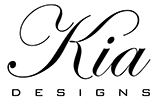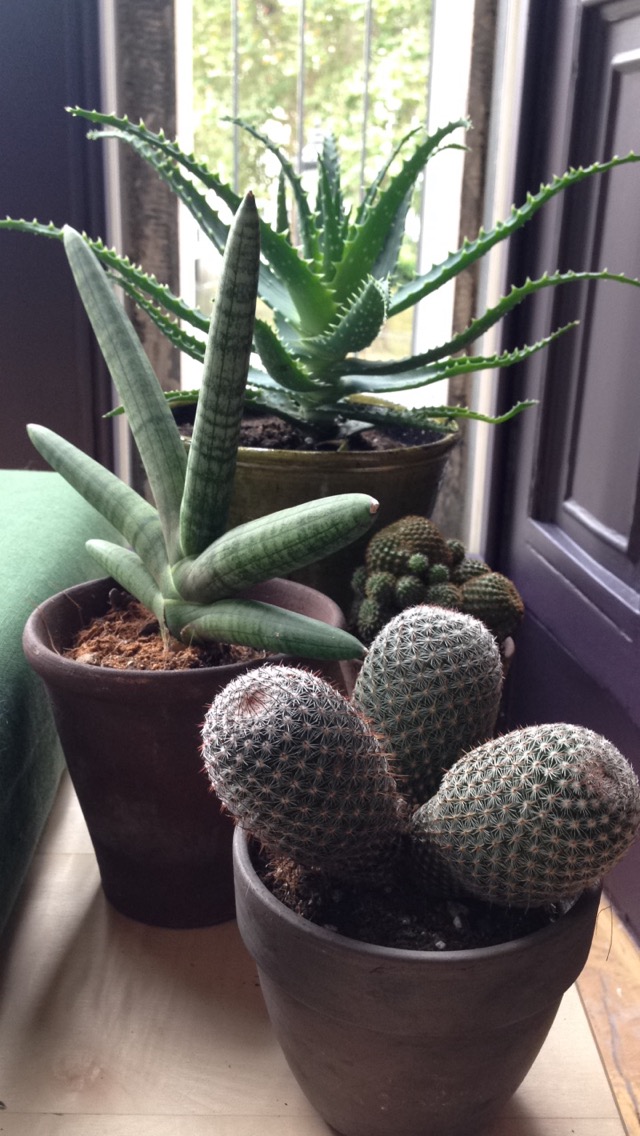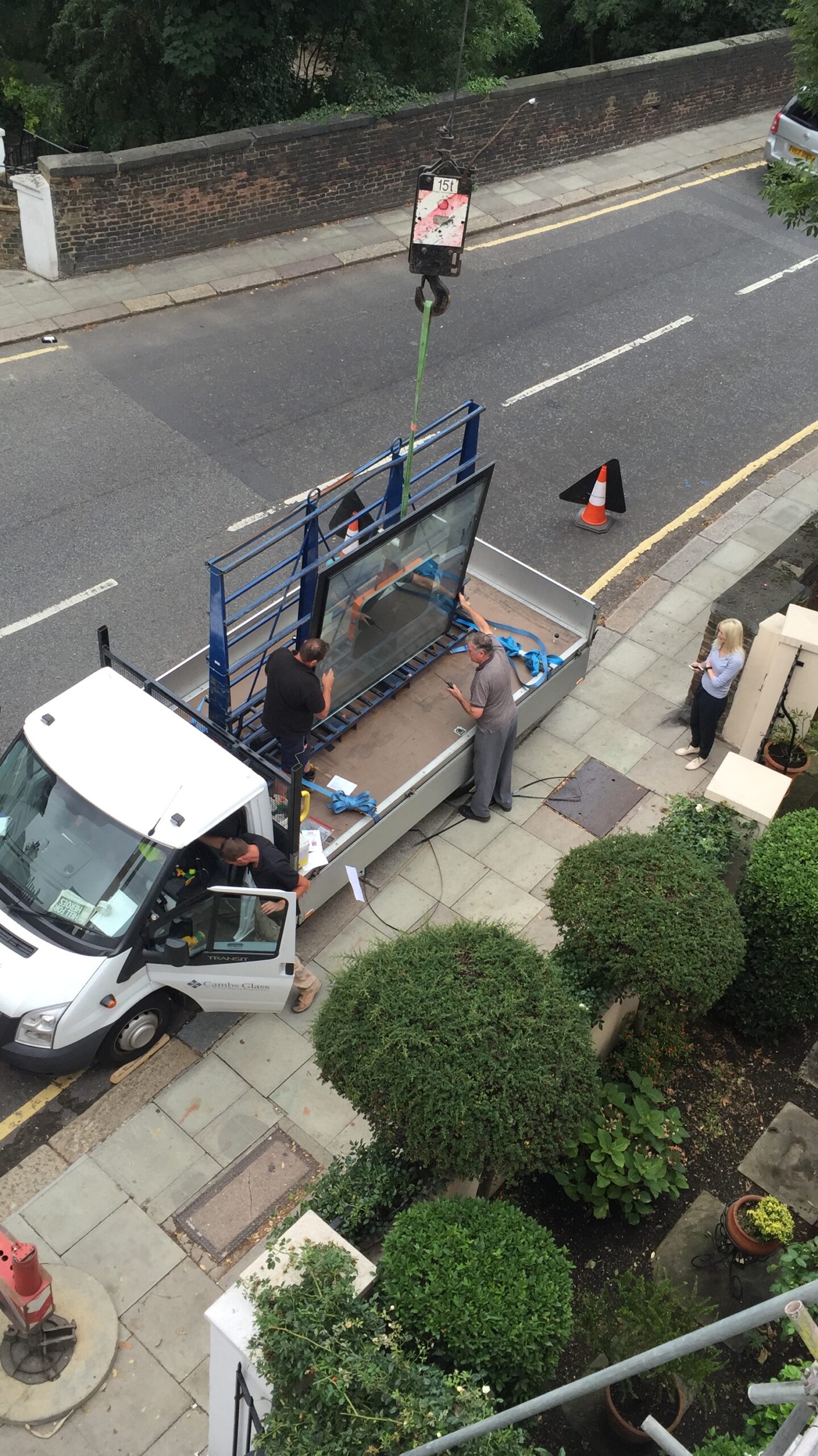
Of all the myriad sources of inspiration available online, Pinterest seems to have risen to the top of the pile. It’s quick and easy to use, and fun to set up boards for all sorts of things – weddings, food to make, event decoration, outfits to wear, hairdos to attempt and rooms to emulate.
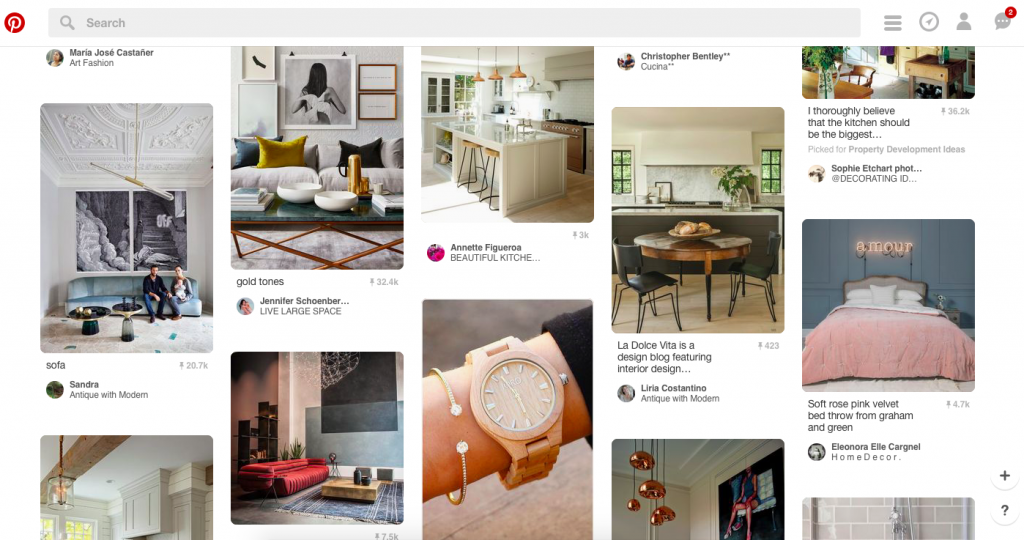
Inspirational Pinterest
It has its limitations. It’s fun to pin, but how many of your pins have you actually ever attempted (be honest)? For most people it’s only 1 or 2 out of 1000s of pins. A lot of it is just pretty, and actually unfeasible (you might have loads of pictures of beautiful New England clapboard houses, but if you like in a semi in Hull, will be unlikely to be able to replicate the feel and space). You are also limited to the images on Pinterest, or those with good searchable tags. Don’t be fooled into thinking these are the only wedding dresses that exist. And then there’s the main problem – sourcing. You find something you absolutely love and must have, but it’s only an image and doesn’t contain any details. So no stunning dining room table for you. You can’t even find where the original image came from because it has been repined so many times. Or it’s mislabelled. Or so old it’s now out of stock.
But it can be a fabulous way of narrowing down your tastes and conveying the look and feel you are after to a designer. It can also be a great way for you to see if colours and textures work well together. Or if you have a mid-century modern sideboard and are not quite sure how to style it into a period property, chances are someone else has done so and you can see how to do it. Seeing so many amazing rooms can inspire you to be more brave with loud colour and pattern, many companies like Cole & Son have had a huge increase in sales after exposure on Pinterest.
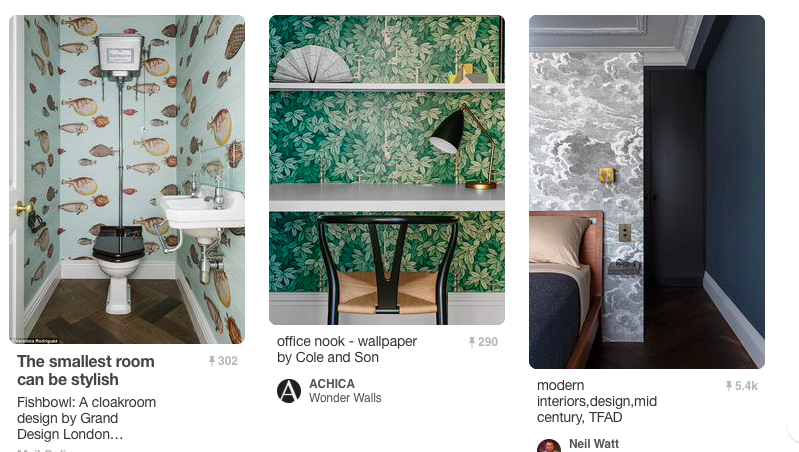
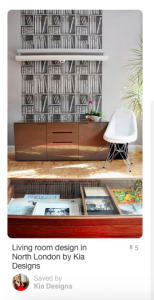 Designers can also show off things that they like, but haven’t yet managed to use, or rooms they have styled that may not be presented in their portfolio (for example, Kia Designs have completed over 100 projects but only display a recent selection on our website and Houzz). You can check out more of our work here.
Designers can also show off things that they like, but haven’t yet managed to use, or rooms they have styled that may not be presented in their portfolio (for example, Kia Designs have completed over 100 projects but only display a recent selection on our website and Houzz). You can check out more of our work here.
